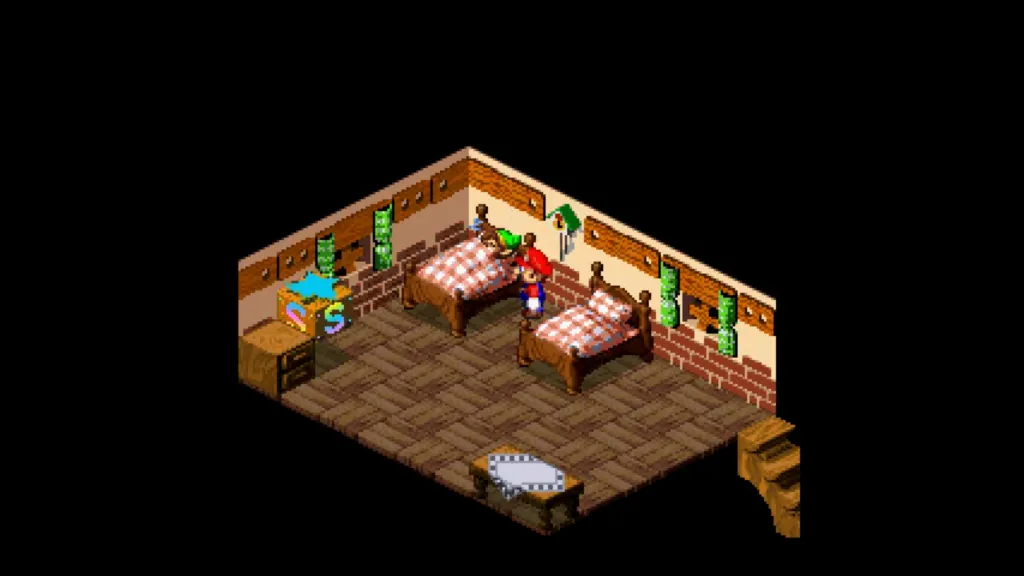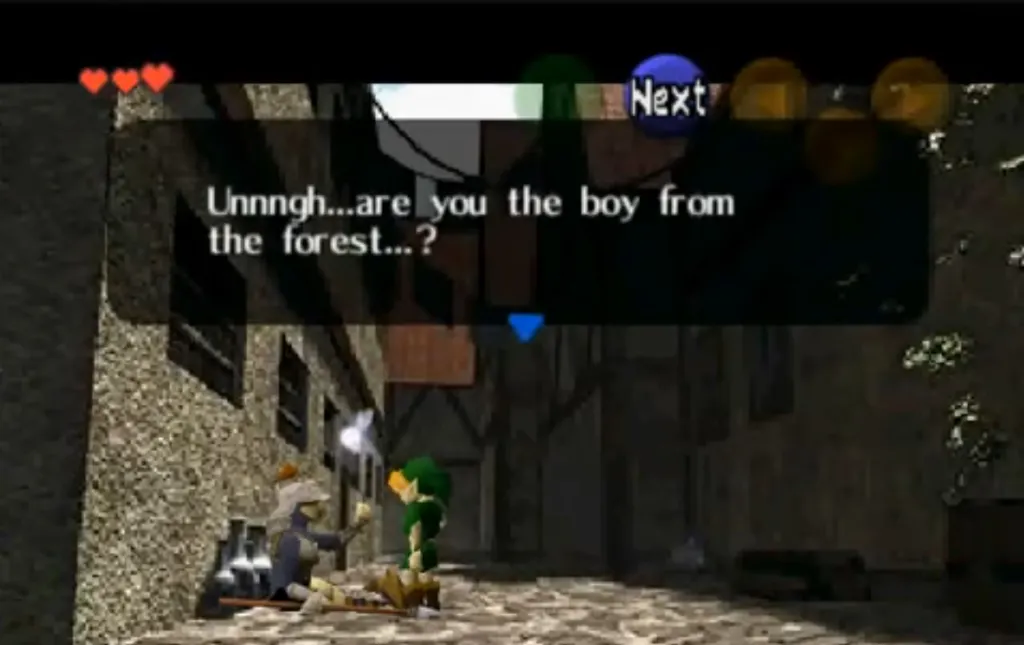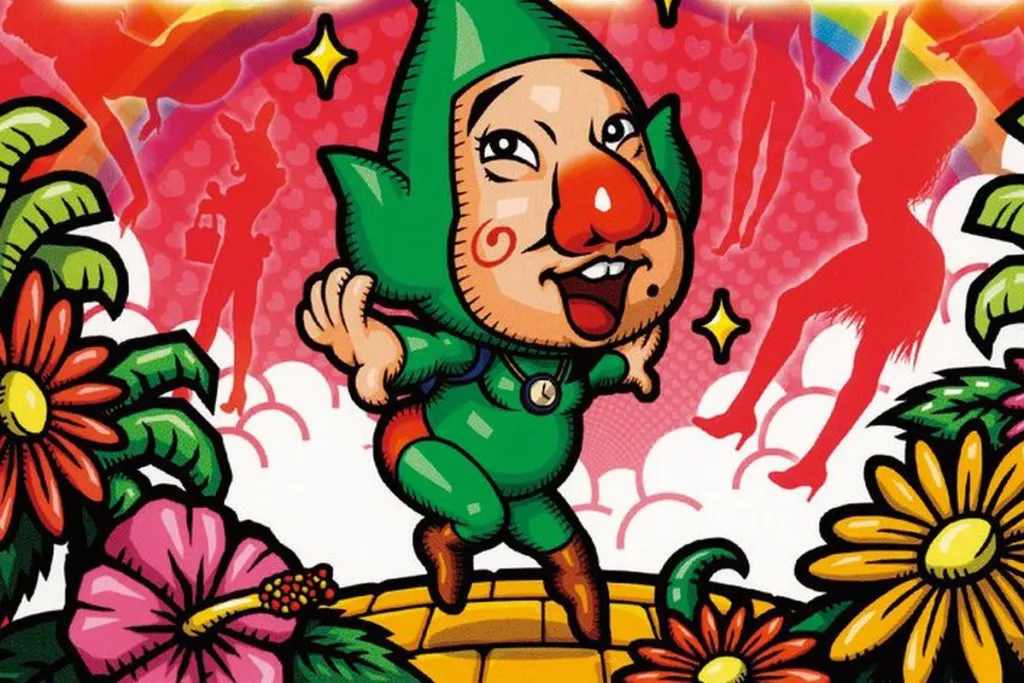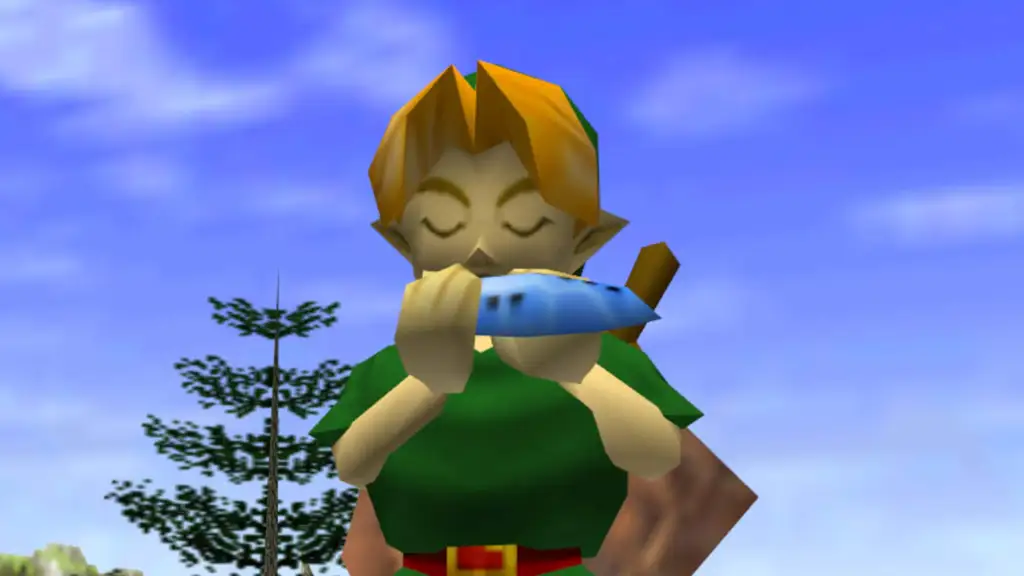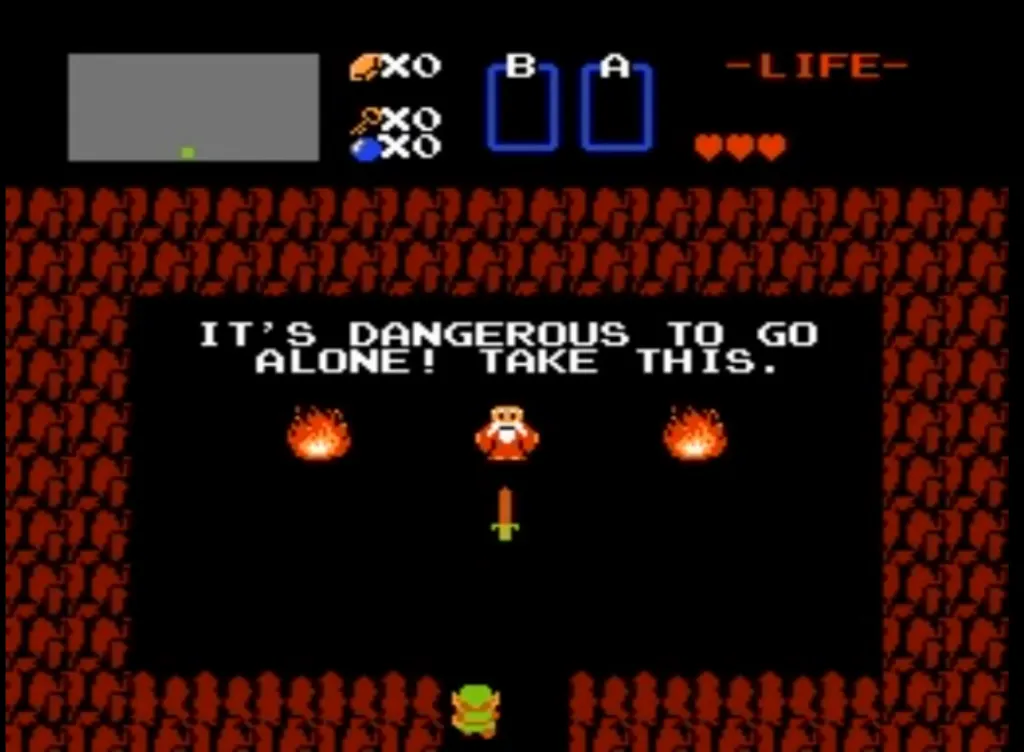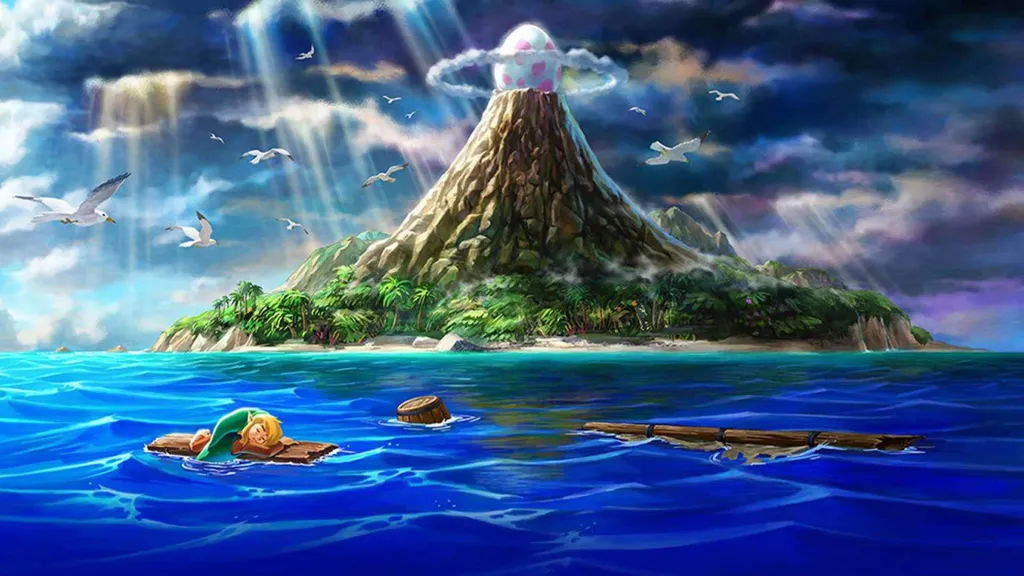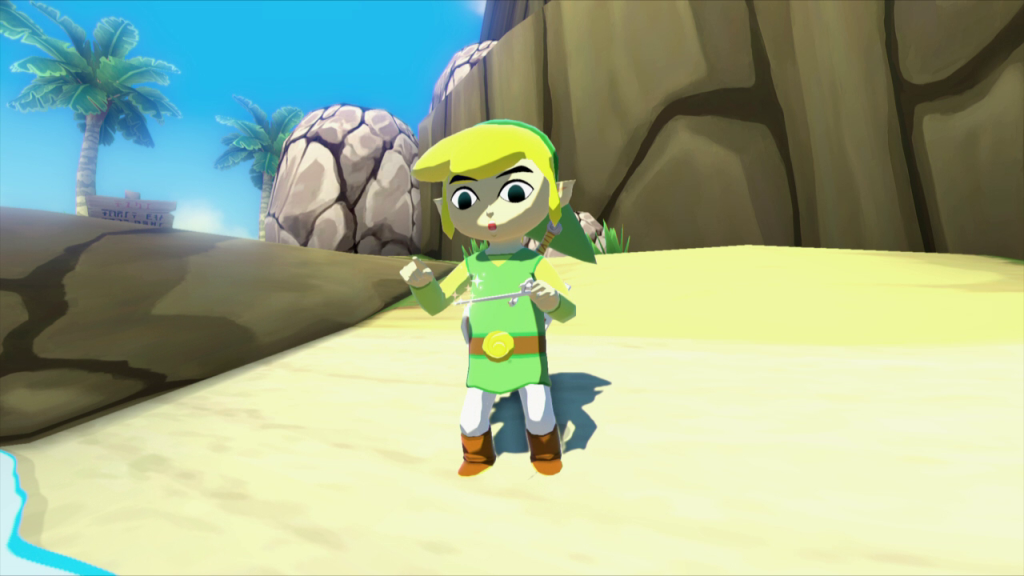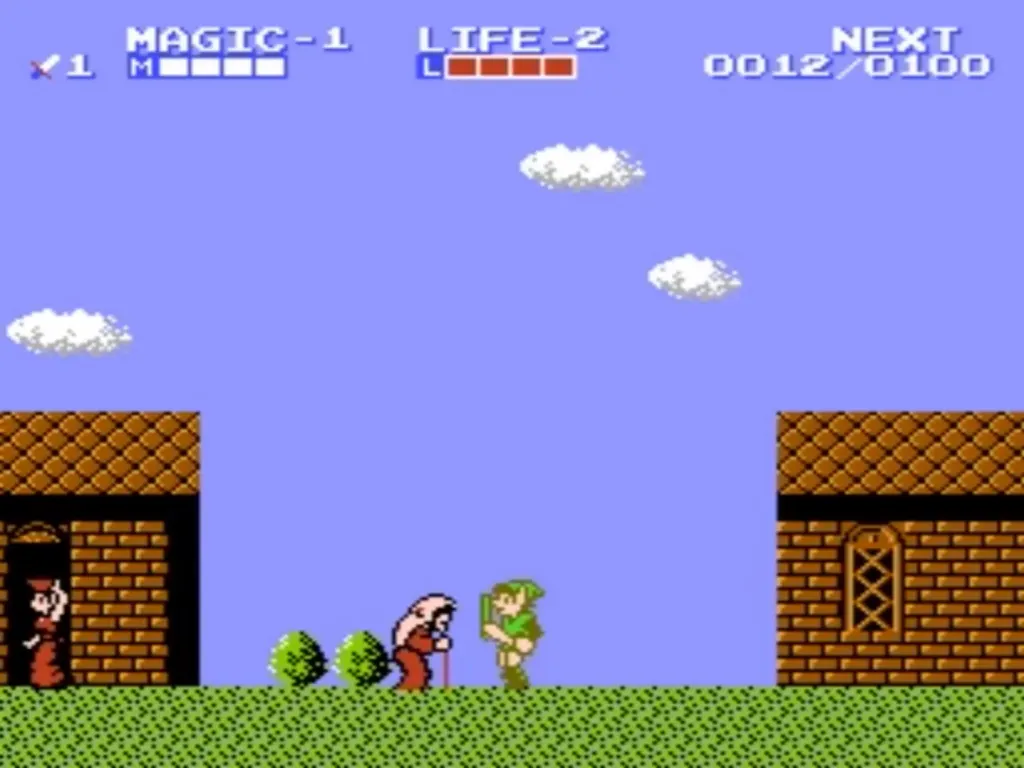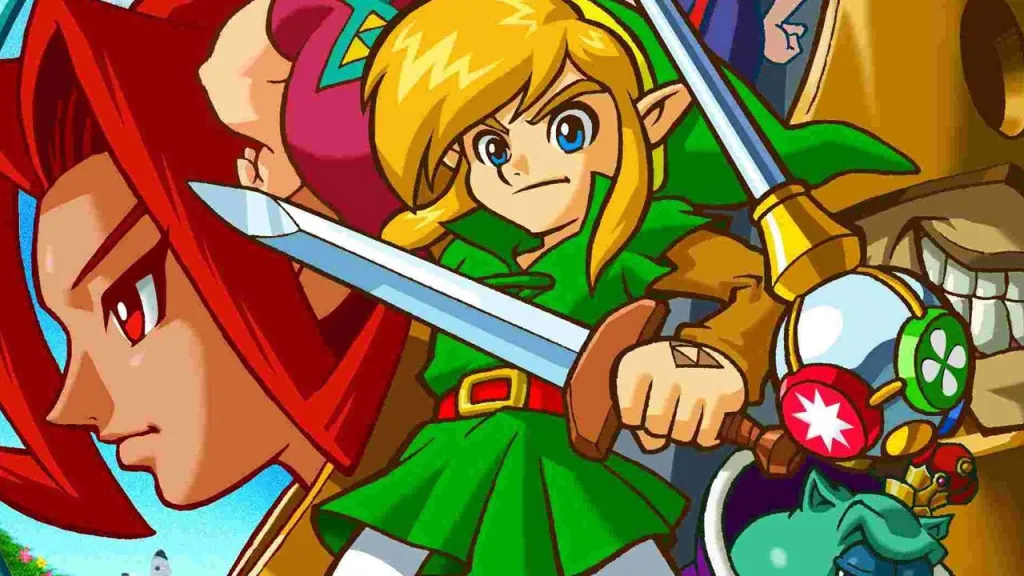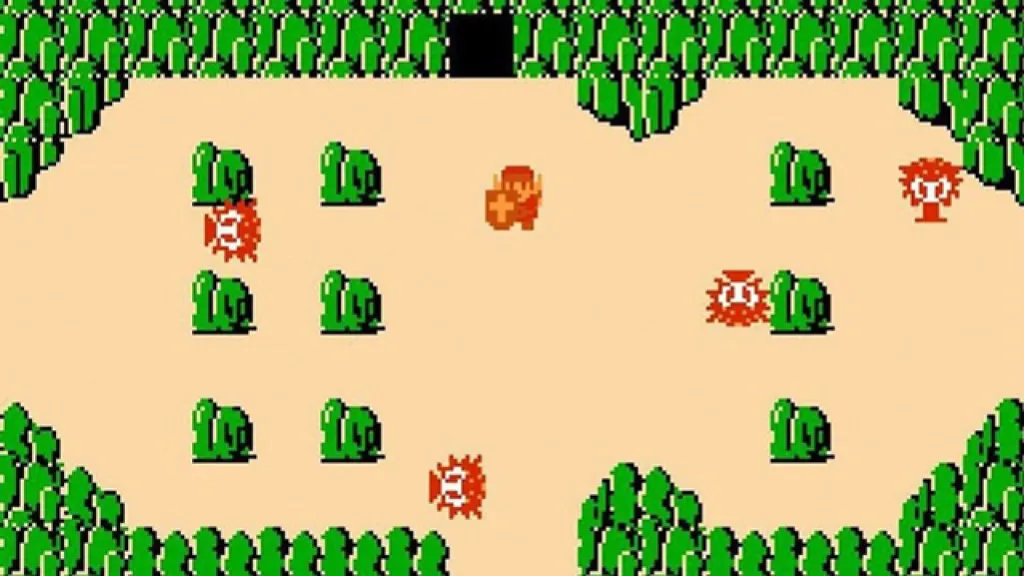Even those who casually dabble in gaming likely possess some level of familiarity with The Legend of Zelda series. Since its debut on the Famicom Disk System in 1986, the franchise has enjoyed instant acclaim. Over the years, it has only garnered more popularity, continually evolving with each new installment, often redefining not just the series but video games as a whole.
With a rich history spanning more than a dozen mainline entries, The Legend of Zelda universe is brimming with obscure trivia. While many may be familiar with the convoluted timeline or the notorious CD-i games, there are still 15 fascinating facts waiting to be uncovered by even the most dedicated fans. As we eagerly anticipate the release of Tears of the Kingdom, let’s delve into some lesser-known tidbits about The Legend of Zelda.
15. Link is Partially Based on Peter Pan
While many Zelda fans are aware that the foundational gameplay concepts for The Legend of Zelda were inspired by Shigeru Miyamoto’s childhood explorations in Kyoto’s countryside, the origin of the series’ main character, Link, is often overlooked. Unlike Miyamoto, Link is not an elf boy.
In a revealing 2012 interview, Miyamoto disclosed that Link’s iconic appearance was actually conceived by sprite designer Takashi Tezuka. Tezuka aimed to enhance Link’s recognizability and based his design on Disney’s beloved character, Peter Pan, from the classic animated film. This decision not only contributed to Link’s enduring visual appeal but also established him as an iconic figure in the realm of video game heroes.
14. Zelda was Named after Novelist Zelda Fitzgerald
When delving into the origins of The Legend of Zelda, it’s fascinating to uncover the unexpected sources of inspiration. Legend has it that while Shigeru Miyamoto had already named the protagonist Link and had a clear vision for the game, he struggled to find a suitable name for the princess whom the hero would rescue.
According to the story, a Nintendo PR representative proposed the name of the wife of the author of The Great Gatsby. Miyamoto was intrigued by this suggestion because, as he explained, “She was a famous and beautiful woman from all accounts, and I liked the sound of her name.” Embracing this suggestion, Miyamoto christened the princess Zelda, a decision that would forever cement her place in gaming history as one of the most iconic characters of all time.
13. Link Has a Cameo in Super Mario RPG
In the modern era, Nintendo has embraced the concept of crossing over its beloved properties more freely. Characters like Link have become fixtures in games like Super Smash Bros. since its inception on the Nintendo 64, and Link even joins the roster as a playable racer in Mario Kart 8 Deluxe. However, such crossovers were once rare occurrences within Nintendo’s universe.
In the SNES classic Super Mario RPG: Legend of the Seven Stars, players encounter unexpected cameos from other Nintendo franchises. For instance, Mario stumbles upon Link, who is found sleeping at the Rose Town Inn. Though Link remains silent, a familiar tune from The Legend of Zelda series plays when approached. Additionally, players may encounter Samus from Metroid snoozing in another bed. References to Star Fox, F-Zero, and even nods to the Final Fantasy series are scattered throughout the game. In hindsight, Super Mario RPG served as a precursor to what would later evolve into the inclusive crossover extravaganza seen in the Smash Bros. series.
12. Ocarina of Time’s Secret Soldier Scene
In the vast world of Ocarina of Time, it’s easy to overlook certain hidden gems amidst the grand adventure. One such moment, often missed by players, is the encounter with a dying soldier in Hyrule Town. Appearing fleetingly in the back alley of Hyrule Town, this soldier’s presence is timed precisely after Link obtains the three Spiritual Stones and just before he ventures into the Temple of Time. Engaging in conversation with the soldier reveals crucial information about Ganondorf’s betrayal of the royal family, adding depth to the game’s narrative.
However, this poignant interaction is brief, and if players attempt to speak with the soldier again, Navi solemnly remarks, “He’s not moving anymore.” Despite its brevity, this moment carries significant narrative weight, prompting speculation among fans about its origins and purpose within the game. Some theorize it may be a remnant of an abandoned storyline, adding an air of mystery to its inclusion. While easily overlooked, this encounter underscores the depth and complexity of Ocarina of Time’s storytelling, making it one of the game’s most powerful and emotionally resonant moments.
11. The Tingle Games That Have Never Been Released In the West
Given the widespread popularity of The Legend of Zelda franchise, it’s no surprise that all mainline Zelda entries have made their way to North America. However, there are a few spin-offs that have never officially landed on North American shores, and it’s unlikely they ever will, particularly those starring the divisive character, Tingle.
Tingle, the 35-year-old fairy enthusiast, made his debut in Majora’s Mask, receiving a mixed reception from fans. However, certain regions embraced the character more than others, prompting Nintendo to develop spin-off titles centered around him. In 2006, Tingle starred in Freshly-Picked Tingle’s Rosy Rupeeland for the DS, followed by the 2009 sequel, Ripened Tingle’s Balloon Trip of Love. Both games garnered positive reviews, but aside from Freshly-Picked Tingle’s Rosy Rupeeland, which saw a European release, the rest of the series remained exclusive to Japan.
Despite their success in Japan, Nintendo has shown no inclination to bring these titles to the West, likely due to Tingle’s lack of popularity outside of certain regions. Thus, it seems these games will remain Japan-exclusive, much to the disappointment of Tingle’s fans in other parts of the world.
10. Ocarina of Time Was Originally Going to be a First-Person Game
Ocarina of Time went through an unusually lengthy and winding development process. At one point, it was going to be very similar to Super Mario 64 (and it actually shares an engine with that game, albeit heavily modified). At another point, it was going to be exclusive to the ill-fated 64DD peripheral. But one of the most surprising revelations to come out about the game over the years is that Miyamoto originally wanted the game to be played entirely in the first-person so that gamers could get a better feel for the world that was being built.
That idea was ultimately discarded when Young Link was introduced into the storyline. After all, it didn’t make sense to not let players see the character age throughout the course of the adventure. However, the first-person perspective did make it into the game in a more limited fashion, and Miyamoto eventually pushed for his first-person idea to be incorporated into Metroid Prime.
9. You Can Beat Most of The Legend of Zelda Without Picking Up the Sword
The Legend of Zelda for NES is renowned for its iconic opening scene where Link enters a cave and encounters an old man who offers him a sword, famously stating, “It’s dangerous to go alone! Take this.” However, it’s a little-known fact that you can almost complete the entire game without ever picking up the sword.
To achieve this unconventional feat, players must simply ignore the old man’s advice and proceed through the game without acquiring the sword. Instead, they must rely on alternative weapons and items obtained throughout their journey. Beginning with the Blue Candle, players can progress by strategically using bombs, arrows, and the boomerang to navigate the game’s dungeons without the sword.
While it may seem challenging, it’s entirely possible to complete the majority of the game without ever wielding the sword. However, it’s worth noting that a sword is essential for defeating the final boss, Ganon. Strangely enough, this is the only instance where obtaining the sword becomes an absolute necessity in the game.
8. Link’s Awakening Was Inspired by Twin Peaks
Link’s Awakening marked a significant departure from the traditional conventions of The Legend of Zelda series. Unlike its predecessors, Zelda herself is only briefly mentioned, and the game’s setting shifts entirely to Koholint Island, a remote and surreal location populated by eccentric characters. Director Takashi Tezuka has openly acknowledged that Link’s Awakening drew inspiration from David Lynch’s cult television series, Twin Peaks. Interestingly, Twin Peaks enjoyed considerable popularity in Japan during its original run in the early ’90s. It’s perhaps no coincidence, then, that the release of the 2019 remake of Link’s Awakening closely followed the highly anticipated third season of Twin Peaks. However, unlike Twin Peaks, the Link’s Awakening remake doesn’t feature a green glove imbued with mythical strength, nor is there any mention of the quality of coffee on Koholint Island. Nevertheless, Link’s Awakening remains a testament to the creative influences that shape video game development, offering players a unique and memorable experience in the world of The Legend of Zelda.
7. The Complicated History of Ura Zelda
In the ’90s, Nintendo’s 64DD add-on for the N64 aimed to revolutionize gaming with expansion disks and internet connectivity. However, due to development challenges, it saw a limited release only in Japan. Among the canceled projects was Ura Zelda, rumored to add dungeons and enemies to Ocarina of Time. While Nintendo later released Ocarina of Time Master Quest, some fans still speculate if it truly represents Ura Zelda. Despite the 64DD’s failure, it remains a fascinating chapter in Nintendo’s history, highlighting the company’s ambitious yet sometimes flawed endeavors to push the boundaries of gaming technology.
6. Cutting Two Dungeons Resulted in Wind Waker’s Hated Triforce Quest
Despite initial criticism of its art style, The Wind Waker has earned widespread acclaim and is often hailed as a masterpiece by Zelda fans. However, even its most ardent supporters acknowledge the Triforce Quest as a tedious aspect of the game’s final stages. Interestingly, Wind Waker director Eiji Aonuma has revealed that the original plan was for two dungeons to replace the Triforce Quest. Unfortunately, due to time constraints, these dungeons had to be cut from the final game. Aonuma further disclosed that elements of these dungeons were repurposed for other Zelda titles, although their exact locations remain a mystery. This revelation adds an intriguing layer to The Wind Waker’s development history, leaving fans to speculate on which Zelda games might contain remnants of the lost dungeons. Despite its flaws, The Wind Waker’s enduring legacy continues to captivate players around the world.
5. There Was Some Development of a Game Based on that Space World 2000 Demo
When Nintendo unveiled the GameCube in 2000, fans were captivated by a 30-second demo showcasing an intense sword fight between Link and Ganondorf. The demo promised a mature and realistic Zelda experience that garnered immense excitement among gamers. However, when Nintendo opted for a vastly different art direction for their next Zelda title, some fans were left perplexed or even upset.
What many may not realize is that Nintendo initially started development on a game that closely resembled the Space World demo, featuring visuals reminiscent of Ocarina of Time. However, lacking fresh ideas for this approach, the team stumbled upon a cartoonish sketch of Link drawn by one of the designers. The team unanimously fell in love with this new direction, leading to the adoption of The Wind Waker’s distinctive art style. Thus, the game we know today emerged from this creative pivot, offering a charming and timeless experience that diverged from the initial demo’s aesthetic.
4. The Zelda Games with the Most and Least Dungeons
Dungeons are integral to most Zelda games, but determining which titles feature the most and least dungeons can be complex due to varying definitions. Typically, a dungeon is a mandatory area concluding with a boss fight and heart container reward. A Link to the Past and A Link Between Worlds tie for the most dungeons, with 12 each, though A Link to the Past includes the Palace of Four Swords in its Game Boy Advance port, making it debatable. Conversely, Majora’s Mask is known for its mere four dungeons, potentially five if counting the trip inside the moon. This puts it in contention with Breath of the Wild for the fewest dungeons. Ultimately, the number of dungeons varies across Zelda titles, reflecting the series’ diverse gameplay and world-building approaches.
3. A Canceled Remake of The Adventure of Link Eventually became Ocarina of Time
During the early ’90s, Nintendo, amidst its exploration of 3D gaming with titles like Star Fox, embarked on a project to remake Zelda II: The Adventure of Link for the SNES. This remake, powered by the famed Super FX chip, would have retained the side-scrolling gameplay of the original while featuring a polygonal Link and emphasizing sword fighting mechanics. While intriguing, the game’s development coincided with the late stages of the SNES’s lifecycle, leading to its eventual cancellation.
Despite its demise, elements from the scrapped remake found their way into the development of Ocarina of Time. Reflecting on this lost project raises questions about what might have been and whether it could have addressed some of the issues of the original Zelda II. Nonetheless, its legacy lives on through the influence it had on the iconic Ocarina of Time, further underscoring the intricate and interconnected nature of game development.



